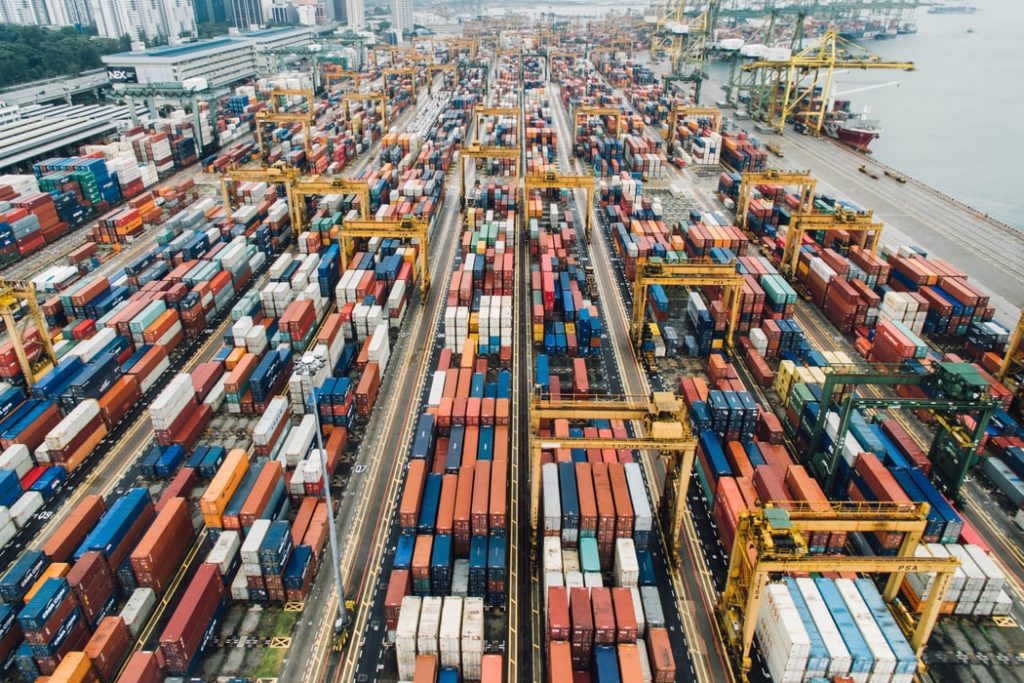India’s export guidelines are an impediment to the rapidly growing industry and need a major rehaul to help leverage the country’s e-commerce export potential, says a report by economic think tank GTRI. The existing rules are a compilation of the rules framed for regular B2B exporters. The government must address the pain points to support the booming e-commerce exports industry. Some of the strengths of the Indian industry include high-demand customised products, expanding seller base, and higher profit margins per unit of export which place New Delhi in an enviable position to benefit from this trend. The country must also take cues from China, Korea, Japan, and Vietnam which have helped their businesses benefit from the globalised e-commerce industry.
The report has laid out a 21-point plan for India to harness its full potential in the sector. The country must target $350 billion worth of goods or one-third of its total goods via exports through e-commerce by 2030. The e-commerce exports potential can grow at a faster pace than its IT exports did in the early 2000s. The current export numbers are dismal and remain far below potential. E-commerce exports account for only $2 billion, less than 0.5% of the country’s total export of goods. To improve the situation, focus on developing an ecosystem for e-commerce exports is needed to reduce the enormous compliance burden on small firms.
READ | Can the US economy avert a banking crisis, global recession
India is one of the hotbeds for startups and has a significant number of small and medium-sized enterprises. They need friendly government policies to provide them with the growth momentum. Small and medium-sized firms especially rely on e-commerce platforms for global exposure and value-added services such as timely payment assurance. The need is to make compliance easier for SMEs and MSMEs.
Lessons can be taken from China which has solved this issue by separating the responsibilities of the seller and the compliance process entity. The seller is only responsible for creating an e-commerce marketplace account, obtaining product-specific licences, and creating commercial invoices and packing lists. The rest of the burden can be outsourced for a fee, allowing the seller to retain ownership of the goods. This separation has been a major contributor to China’s e-commerce export boom, the report says.
Leveraging Indian strengths in e-commerce exports
The country should focus on leveraging its strengths and arm its artisans as they provide unique offerings, says the report. Some of the high potential categories include handicrafts, ethnic wear, decorative paintings, Ayurveda, specially crafted shoes, and organic products which are traditionally made and hence special to India. The government must hence develop market intelligence, organising training, and facilitate the fulfilment of export orders.
Also, the government must take cue from successful nations to formulate a separate e-commerce export policy. The policies introduced by China, Korea, Japan, and Vietnam have helped domestic firms sell globally. Many countries are taking steps to help exporters increase their business through e-commerce and global online sales. For instance, Australia offers financial incentives to its exporters to encourage them sell their products online. The Australian government’s Export Market Development Grant (EMDG) provides financial assistance to businesses that promote their products and services overseas.
Many countries are also providing trade facilitation services to their exporters including e-commerce platforms. This enables businesses to sell their products online. For example, the Chinese government has set up the Cross-Border E-commerce Comprehensive Pilot Zone to help businesses sell their products to consumers in other countries. Simplifying customs procedures can also make it easier for businesses to sell their products. For example, the European Union has introduced the Union Customs Code (UCC) which simplifies customs procedures and reduces administrative burdens for businesses.
To make any meaningful gains in online exports, the RBI, customs, and the directorate general of foreign trade (DGFT) should come together to formulate a policy after making necessary changes to their respective regulations. The GTRI suggestions include redefining responsibilities of sellers, simplifying payment reconciliation and processes, developing business ecosystem, and setting up of a National Trade Network for the medium.
While internet, technology, and secure online payments have made exporting via e-commerce simple and safe, there is a lot to be done to make India one of the leading countries in leveraging e-commerce potential for exports. As of now, over one lakh Indian sellers are already exporting through e-commerce, and this number is set to multiply.

